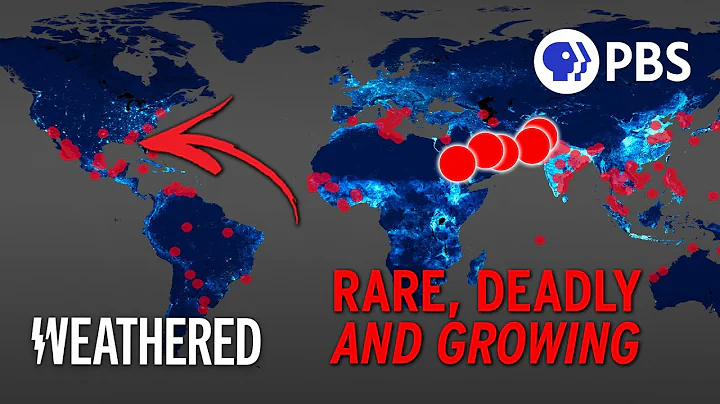
A good photo, the first thing to do is to express the characteristics of the characters and the scene in clear and accurate picture language. In landscape photos, you can often see the front, side and center of the subject, and they are all different. These scenes are in sharp contrast with the background. For example, when shooting with long-range photos, the background can form a blurred effect in the distance; if you want to turn the entire scene into a dreamy feeling, you need to maximize the distance between the subject and the background, and then increase the blurred effect of the subject and the background to the best effect according to the shooting subject.
Let’s talk about the issues that need to be paid attention to when taking photos with different scenes.
1. Pay attention to the characters you are shooting in different shooting scenes and try to avoid symmetry.
When shooting portraits, don’t deliberately arrange the characters too symmetrically. When shooting indoors, the characters can be arranged in the center of the picture, which not only highlights the characteristics of the characters, but also highlights the subject and background. If the characters are arranged too symmetrically, they will give people a feeling of being too depressed. In addition, the larger the shot, the denser the characters, which will make the picture appear crowded, depressed and monotonous.
2. Make the background of the subject as much as possible to keep the picture balanced
When the background is in a distance or other distant background, it often forms a large amount of blurring; and when the subject and the background are both near or far, the reflection of the dotted light will cause the subject to appear blurry or even disappear completely. Therefore, in actual shooting, if you want to blur the subject, you must make a large blur in the near or far place. This requires the use of large scenes to make the view of the near and far away blurred, and the background also becomes a foil for blurred. This blur effect is not only suitable for objects in the distance where the focus range is relatively small or cannot be focused in place, but also for nearby scenery. Similarly, when the scene is farther and closer, since the subject and background are often farther or farther away, the background will become very blurred. This not only allows the subject to stand out and the nearby background to maintain balance, but also creates a very romantic and dreamy atmosphere.

3. Use a large aperture and telephoto lens to take a photo and use a flash to clearly express the contour of the subject. When shooting in
, set a large aperture such as F/1.4-F2.8 in aperture priority mode, thereby producing a large depth of field effect. At this time, the background is virtual and the subject is real. When shooting the subject in aperture priority mode, if the aperture is small, the actual imaging effect is not obvious or even underexposed, you need to manually control the shutter speed and aperture priority value. At this time, you need to use a flash to achieve the effect of enlarging the image contour line and blurring the subject boundary. When applying flash, be careful not to cause strong shadows in the foreground in the picture, and do not use too bright or too dark lights.

4. The best way is to adjust the exposure value at any time, which is a key element to ensure the final effect of the shooting screen.
exposure value is the most basic parameter for measuring photography. If the exposure value is incorrect, the photos taken will often be dark and dull. This is true in this way that the camera cannot adjust the scene. The reason for using different scenes is that we adjust the photos differently. For photographers, there is the condition to adjust their exposure value at any time. As long as you grasp the problems that arise during the exposure process and make corresponding adjustments according to the actual situation, you will take better-looking and more distinctive photos.
Have you learned it?
Please save, like and follow if you like it!
Thank you!











